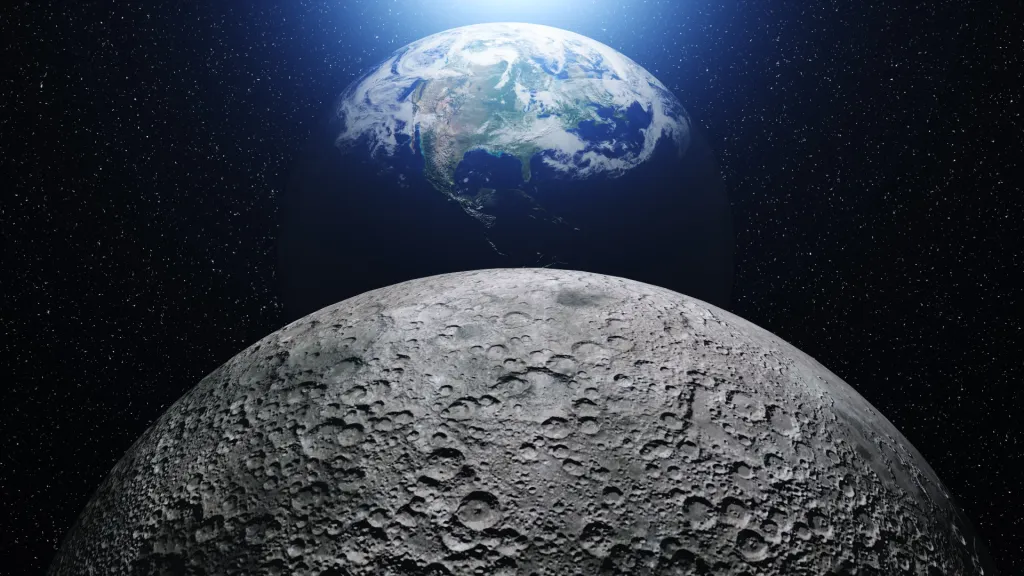A source of heat has been discovered on the moon
- July 9, 2023
- 0
A large granite formation discovered under an ancient Moon volcano is further proof that the far side of the Moon was once lit by volcanic eruptions. It was
A large granite formation discovered under an ancient Moon volcano is further proof that the far side of the Moon was once lit by volcanic eruptions. It was

A large granite formation discovered under an ancient Moon volcano is further proof that the far side of the Moon was once lit by volcanic eruptions.
It was reported that the granite was found under a possible volcanic structure on the surface of the moon named Compton-Belkovich. This feature probably formed as a result of the cooling of magma that fed the fiery eruptions of lunar volcanoes about 3.5 billion years ago.
The discovery of remnants of volcanic activity in this region of the Moon is not entirely unexpected, as researchers have long suspected the region to be an ancient complex of volcanoes. But what surprised the team is how large this portion of cooled magma is and has an estimated width of about 50 kilometers. The discovery of this large granite mass beneath the Compton-Belkovich Volcanic Complex may help scientists explain how the lunar crust formed in the early history of the Moon.

“Just as a large system today fed the Cascade Volcanoes in the Pacific Northwest, any large granite body we found on Earth fed a large group of volcanoes,” Sigler said in a statement. “Batoliths are much larger than the volcanoes they feed on the surface. For example, the Sierra Nevada Mountains are a remnant of a long-existing volcanic chain in the western United States.”
Granite formation on Earth is often the result of water and plate tectonics that create large areas of molten rock, called molten bodies, below our planet’s surface. Although granites are common on Earth, they are much less common on the Moon due to lack of water and plate tectonics. This means that this discovery could show local or global conditions observed on the Moon when it was volcanically active.
“If you don’t have water, making granite requires extreme situations,” Ziegler said. “Here’s this system without water and without plate tectonics – but you have granite. Was there water on the Moon – at least at this point? Or was it particularly hot?”
Sigler will present the team’s research at the Goldschmidt Conference July 9-14 in Lyon, France. The team’s findings are also discussed in a paper published in the journal Nature.
Source: Port Altele
As an experienced journalist and author, Mary has been reporting on the latest news and trends for over 5 years. With a passion for uncovering the stories behind the headlines, Mary has earned a reputation as a trusted voice in the world of journalism. Her writing style is insightful, engaging and thought-provoking, as she takes a deep dive into the most pressing issues of our time.